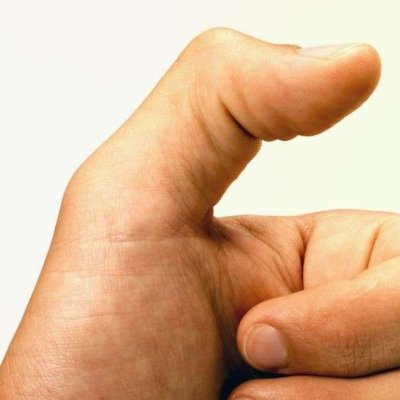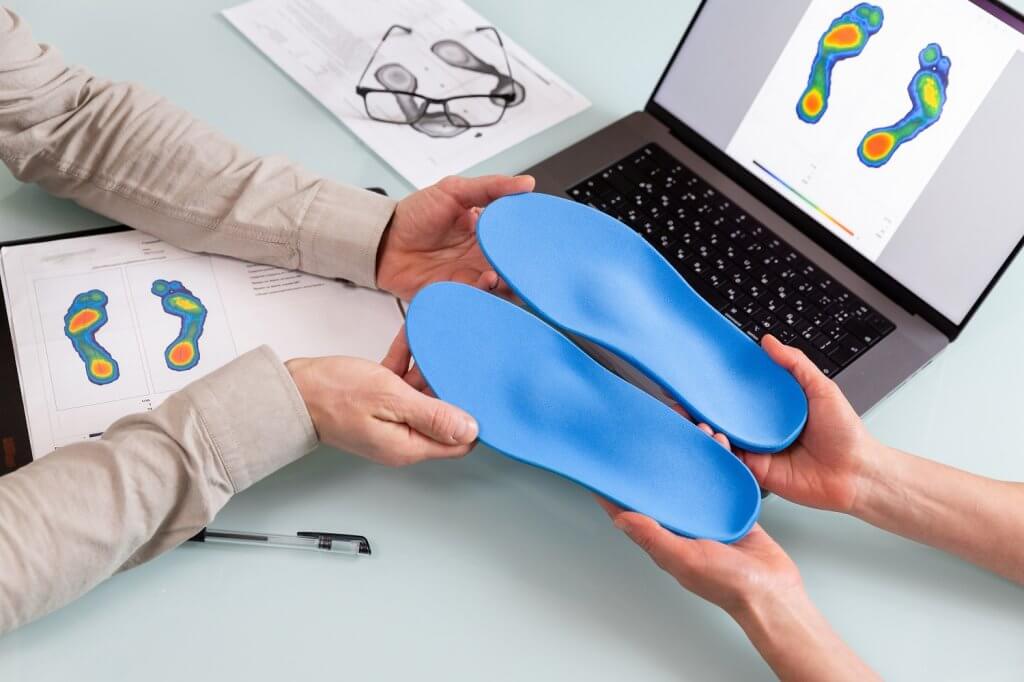What is Trigger Thumb?
Trigger thumb is a condition orthopedic surgeons treat via occupational therapy and trigger thumb release surgery at Proliance Hand, Wrist and Elbow Physicians. As with trigger fingers, trigger thumb patients typically experience a click or locking sensation in the afflicted thumb as the hand goes from a grip position to an open palm or vice versa. Trigger thumb and finger can be particularly bothersome in the morning as they often become “stuck” overnight.
What Causes Trigger Thumb?
Experts believe that overuse or repetitive activities may cause trigger thumb and trigger finger even though the exact cause remains unknown. While trigger digits often associate with other conditions such as diabetes or carpal tunnel syndrome, they can also exist independently.
Why is There Clicking in my Finger / Thumb?
The best explanation we have for why there is clicking and pain in thumbs and fingers involves a tunnel that’s too tight for a tendon to easily move through. This too-tight fit manifests itself as pain and a clicking sensation. Our article on trigger finger release symptoms discusses this more in depth. Classically, overuse mechanically irritates and leads to the thickening of the flexor tendon and/or tendon sheath. This can manifest as a swollen area with a small, moving nodule in the palm.
As the nodule gets larger and friction increases, the finger goes from just painful to painful clicking to painful locking. At the locking phase, the thumb or finger is no longer able to fully mobilize on its own without using the other hand to force the digit open or closed. The worst trigger thumbs are those that present completely stuck and are unable to mobilize even when applying gentle force. At this point, an appointment with a trigger finger release surgeon may be necessary.
When Should I See a Trigger Thumb Release Surgeon?
The worst trigger thumbs are those that present completely stuck and are unable to mobilize even when applying gentle force. At this point, an appointment with a trigger thumb release surgeon may be necessary.
Conservative Trigger Thumb Treatment
Trigger thumb treatment can be conservatively managed by patient observation, splinting, anti-inflammatory medications, and corticosteroid injections. There are reports of complete symptom resolution at an average of 6.8 months without any particular treatment.
There are limited studies on trigger thumb alone, as the condition gets lumped together with trigger finger. Unfortunately, many patients do not see relief with any conservative management and they elect to proceed with trigger thumb release done by a trigger finger release surgeon.
What Happens During Trigger Thumb Surgery?
The core of a trigger thumb procedure, regardless of the method, is to release the A1 pulley. The thumb’s anatomy includes a series of pulleys (A1, Av, oblique, and A2) that form the flexor sheath, which helps the tendon glide smoothly. The A1 pulley is most often the source of the issue, and surgeons take great care to preserve the other pulleys to avoid complications and restore smooth, pain-free movement.
Trigger thumb surgery is a highly effective procedure designed to provide lasting relief from the pain and stiffness caused by this common condition. At Proliance Hand, Wrist and Elbow Physicians, our orthopedic surgeons offer comprehensive care to restore your hand’s function and treat both trigger thumb and trigger finger.
Open vs. Percutaneous Trigger Thumb Surgery
Many studies demonstrate that performing an open release under local anesthesia can largely achieve low rates of recurrence. One study even showed the complete resolution of symptoms after trigger thumb release surgery is on average about 1.5 weeks afterwards as compared to 5.2 weeks for trigger fingers.
Recent surgical research has explored performing this trigger thumb release entirely percutaneously. This means that there is no incision and only a needle is used to divide the A1 pulley. However, the particular anatomy of the digital nerve in relation to the A1 pulley causes trigger finger release surgeons to prefer the open procedure that allows visualization of the nerve.
Trigger thumb release surgery is currently being researched more deeply as some trigger thumb release surgeons are pursuing a more minimally invasive approach.
Risks of Percutaneous Trigger Thumb Release
While some trigger thumb release surgeons perform and advocate percutaneous trigger thumb releases, nerve injury complications do occur in approximately 5.7% of these procedures.
The 2020 American Society for Surgery of the Hand president Martin Boyer once wrote a commentary that summarizes the current nature of percutaneous trigger thumb releases: “Percutaneous release adds an unnecessary layer of risk and complexity to a treatment that is straightforward and has withstood the test of time.”
So while many surgeons continue to advocate for percutaneous trigger thumb release, it may be that the latest and greatest is not an improvement on the tried and true!
Trigger Thumb Consultation
A consultation with Proliance Hand, Wrist and Elbow Physicians can help determine if your hand suffers from trigger thumbs. Our highly skilled occupational therapists are onsite at our Kirkland and Bellevue offices for your convenience. Whether it is time to try a splint, a steroid injection or trigger thumb release surgery, our staff can help you find relief today at any of our five convenient Eastside locations.
 About the Author:
About the Author:
Samuel E. Galle, M.D. is a board-certified orthopedic surgeon with subspecialty fellowship training in conditions of the hand and upper extremity. He has published numerous peer-reviewed articles and surgical technique videos. He lives in Kirkland, WA with his wife, two kids and one especially spoiled Cavalier King Charles Spaniel.






